Take the First Step For Estimate!
- Accurancy
- Efficiency
- Transparency
- Customization
- Time Saving
- Professionalism
- Cost Control
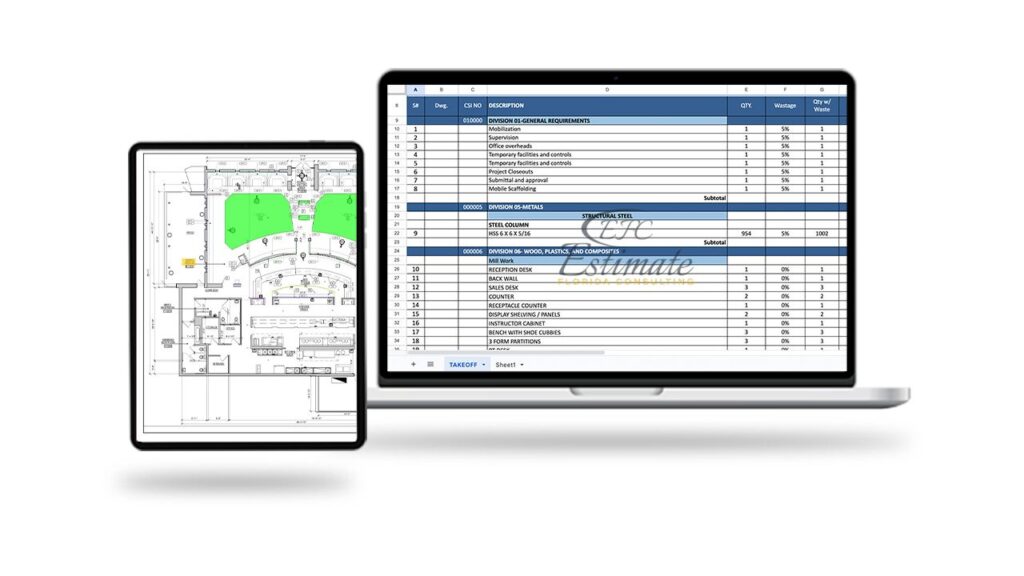
The approximate cost for Built-up Roofing (BUR) systems for warehouses varies significantly based on size, materials, and labor. For a small warehouse (10,000 sq. ft.), costs can range from $55,000 to $167,000+. Medium-sized warehouses (50,000 sq. ft.) might see costs between $275,000 and $835,000+, while large warehouses (100,000 sq. ft.) could face expenses from $550,000 up to $1,670,000+. These estimates provide a ballpark figure, but actual costs can differ based on specific project details, including location, material choices, and labor rates.
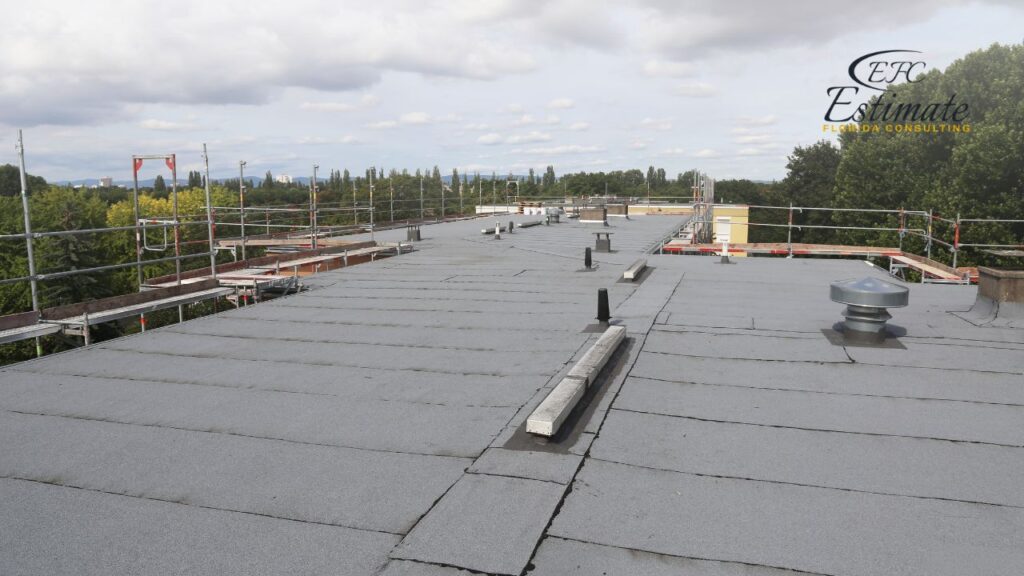

Built-up Roofing (BUR) systems are a popular choice for warehouse buildings due to their durability and ability to offer multi-layer protection. These systems typically involve layers of bitumen (asphalt or coal tar) and reinforcing fabrics (ply sheets) that are built up on the roof to create a finished membrane. The cost of a BUR system can vary based on the type of materials used, the number of layers, and any additional surfacing materials like gravel or a reflective coating. Below is a cost table by material type for BUR systems in warehouse applications, presented in a cost per square foot format to provide a comprehensive budget estimation.
Material Type | Estimated Cost Range (per sq. ft.) |
Asphalt Bitumen | $3.50 – $6.00+ |
Coal Tar Bitumen | $4.00 – $7.00+ |
Ply Sheets | $0.50 – $1.20+ |
Gravel Surfacing | $1.50 – $2.50+ |
Reflective Coating | $1.00 – $2.00+ |
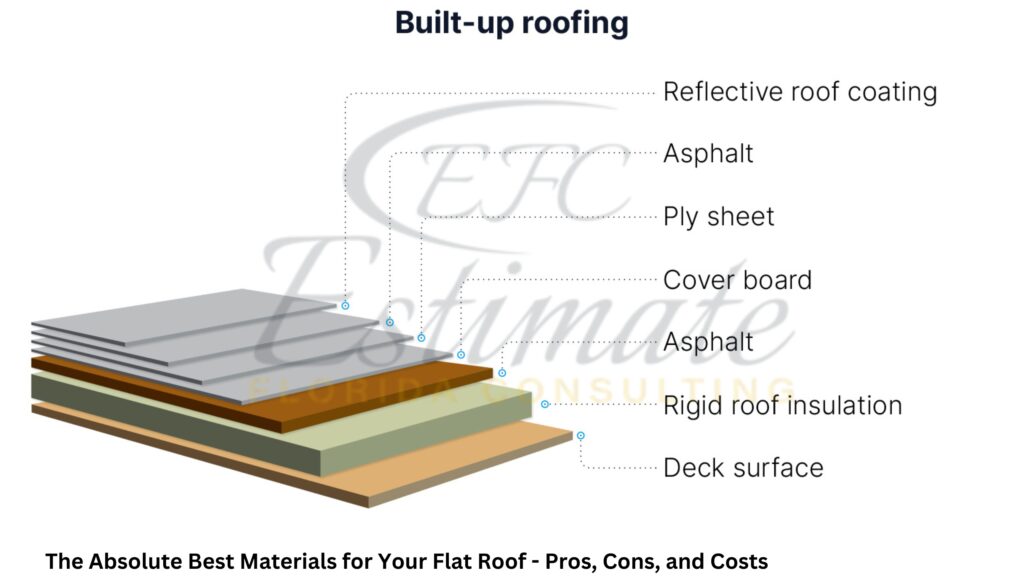
Material Type | Estimated Cost Range (per sq. ft.) |
Asphalt Bitumen | $3.50 – $6.00+ |
Coal Tar Bitumen | $4.00 – $7.00+ |
Ply Sheets | $0.50 – $1.20+ |
Gravel Surfacing | $1.50 – $2.50+ |
Reflective Coating | $1.00 – $2.00+ |
Asphalt bitumen is a fundamental material in construction, known for its reliability and affordability. Derived from crude oil, its popularity stems from its consistent availability and ease of application, despite price fluctuations tied to the crude oil market. Widely used in road surfaces and roofing materials, it strikes a balance between cost-effectiveness and performance.
Coal tar bitumen stands out as a premium option with exceptional water resistance and durability. Derived from coal distillation, it commands a higher price but offers superior longevity, making it essential for environments requiring heightened chemical resistance. Its resilience and longevity make it a preferred choice for critical applications where durability is paramount.
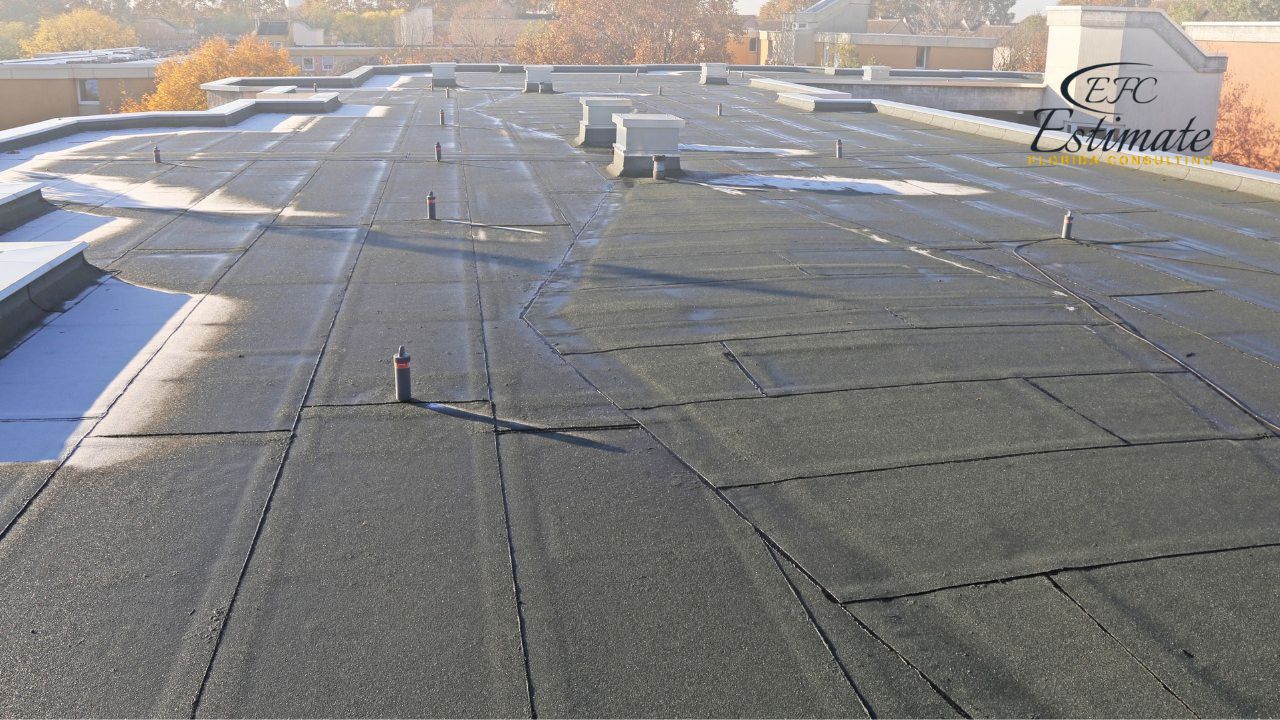
Fully Insured License
Hire Contractor for Warehouse
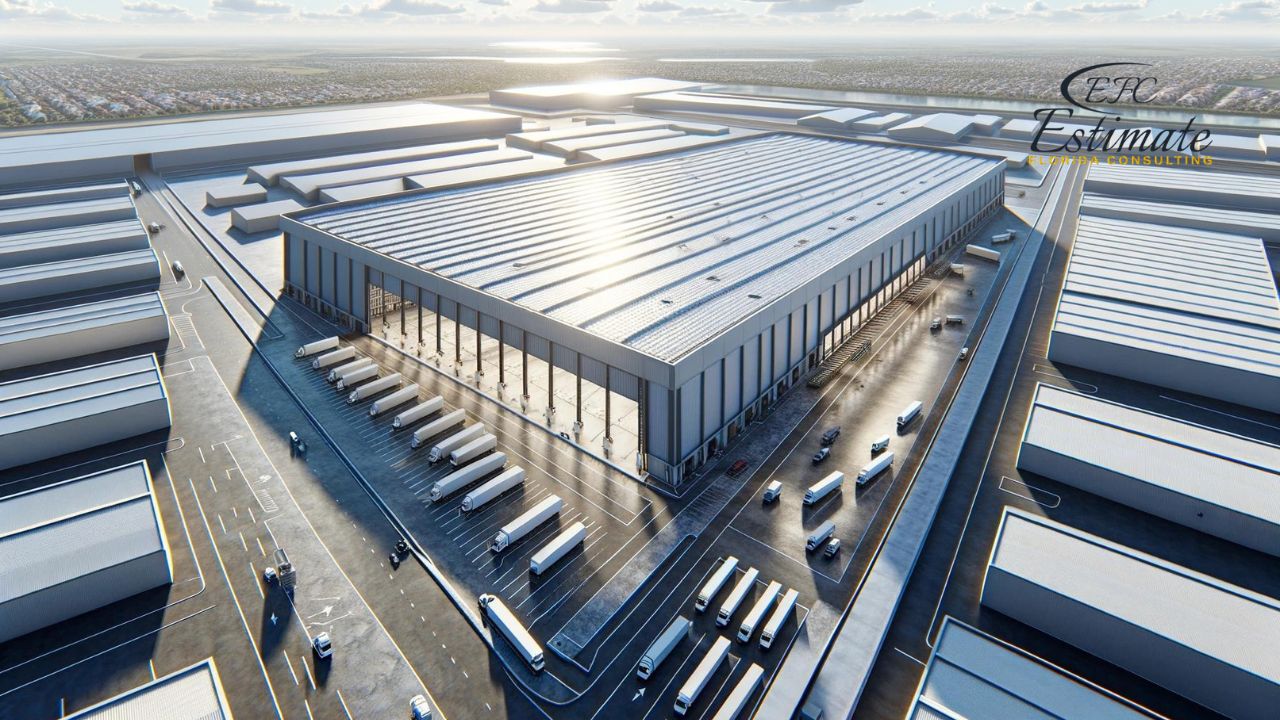
Make Informed Design Decisions Showcase Your Design Ideas
Get RenderingPly sheets are integral to built-up roofing systems, providing structural support and longevity. Composed of materials like fiberglass or polyester, they reinforce the roof, offering strength and stability. While their cost varies based on factors like quality and thickness, investing in higher-quality materials ensures superior performance and durability for the roof.
Reflective coating transforms traditional roofing systems by improving energy efficiency and sustainability. Applied to the roof’s surface, it reflects sunlight, reducing heat absorption and cooling costs. By mitigating the urban heat island effect and easing strain on HVAC systems, reflective coatings enhance indoor comfort and contribute to broader energy-saving efforts.
Reflective coating transforms traditional roofing systems by improving energy efficiency and sustainability. Applied to the roof’s surface, it reflects sunlight, reducing heat absorption and cooling costs.
By mitigating the urban heat island effect and easing strain on HVAC systems, reflective coatings enhance indoor comfort and contribute to broader energy-saving efforts.
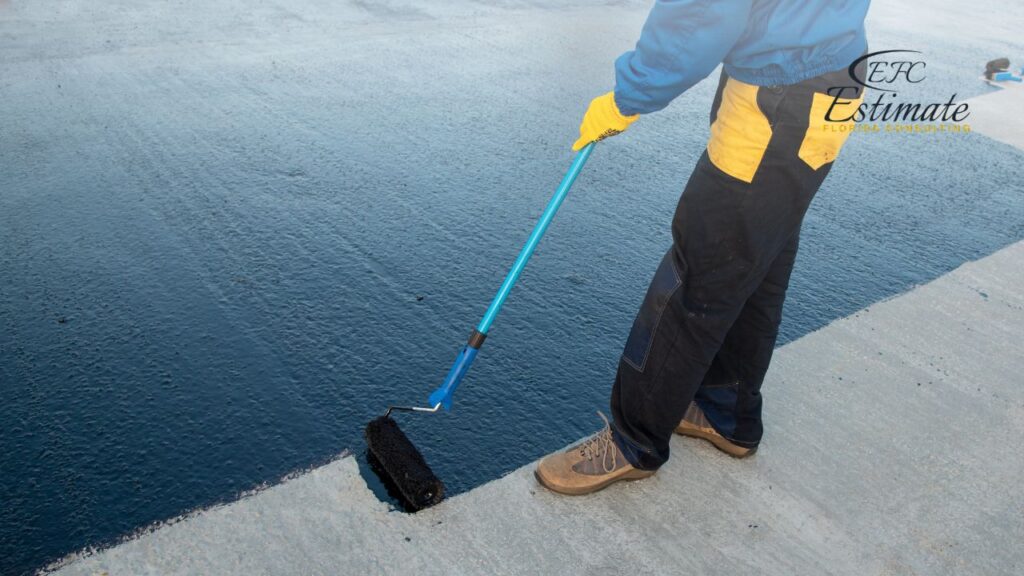
The cost of Built-up Roofing (BUR) for warehouses depends on various factors, including the size of the warehouse. Below is a cost table that provides a general estimation of BUR system expenses based on the warehouse’s square footage.
These figures are meant to serve as a rough guide and include materials and labor but can vary based on specific project details, geographic location, and current market rates.
Warehouse Size | Estimated Total Cost Range |
10,000 sq. ft. | $55,000 – $167,000+ |
20,000 sq. ft. | $110,000 – $334,000+ |
50,000 sq. ft. | $275,000 – $835,000+ |
100,000 sq. ft. | $550,000 – $1,670,000+ |
Base sheets are fundamental components in a BUR roofing system, serving as the foundation on which the entire structure is built. Typically composed of materials such as fiberglass or organic felts, these base sheets are designed to provide initial waterproofing and structural support to the roof. Their primary function is to establish a stable substrate upon which additional layers can be applied. By serving as a barrier against moisture intrusion, base sheets ensure that the underlying structure remains protected from water damage. Proper selection and installation of high-quality base sheets are crucial to the long-term performance and durability of a BUR roofing system.
Interply sheets are integral to the strength and resilience of a BUR roofing system. These layers, which are strategically placed on top of the base sheets, play a pivotal role in reinforcing the roof’s structural integrity and enhancing its resistance to punctures and tears. Interply sheets are often impregnated with asphalt or bitumen to augment their waterproofing properties. By adding an extra layer of protection, these sheets contribute to the overall durability of the roof. Their placement within the system helps distribute loads and stresses evenly across the roofing assembly, further enhancing its performance and longevity.
Asphalt or bitumen is a central component in a BUR roofing system, serving as both an adhesive and a waterproofing agent. Typically applied in a heated state, asphalt or bitumen bonds the various layers of the roofing system together, creating a seamless and impermeable barrier against water infiltration. This versatile material adheres to the roofing materials, allowing for a strong and cohesive roofing assembly. The ability to withstand temperature fluctuations and provide exceptional waterproofing properties makes asphalt or bitumen a fundamental element in the construction of BUR roofs.
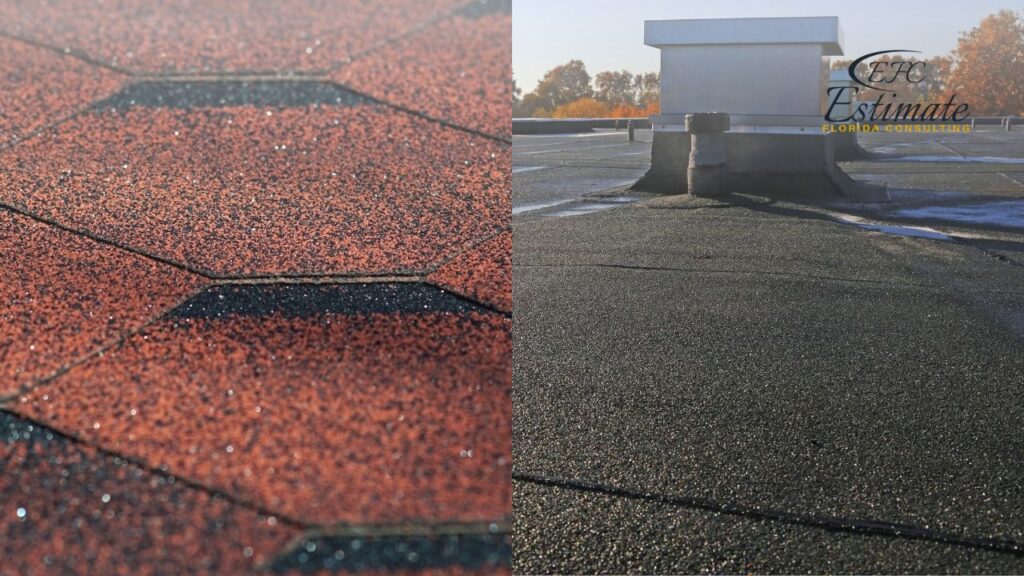
Its application ensures the long-term structural integrity of the system, guarding against leaks and moisture damage.
Surfacing materials on a BUR roof are essential for protecting the underlying layers and enhancing the roof’s performance. Common surfacing options include gravel, aggregate, or reflective coatings. Gravel surfacing acts as a protective layer, shielding the roof from the harmful effects of UV rays and mechanical damage. In contrast, reflective coatings can help improve energy efficiency by reflecting sunlight and reducing heat transfer into the building. These surfacing materials not only extend the lifespan of the roof but also contribute to its thermal properties and overall sustainability, making them integral components in the BUR system.
New projects are waiting for you.
Connect with more construction leads!
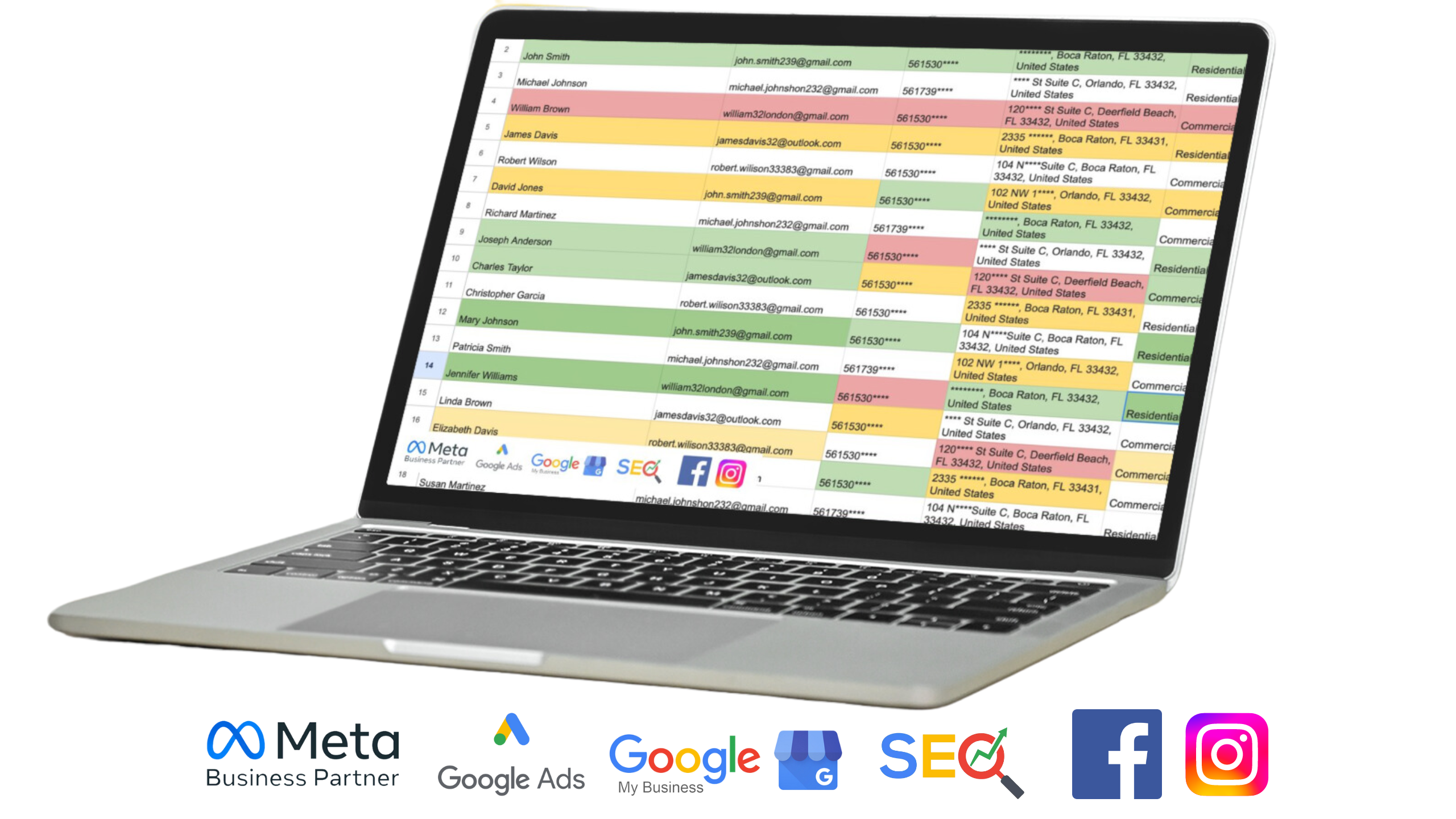
Flashing plays a critical role in maintaining the waterproof integrity of a BUR roofing system. It is used to seal roof penetrations such as vents, chimneys, and HVAC equipment. Made from durable materials like copper or aluminum, flashing is strategically installed at vulnerable points to prevent water infiltration and ensure weather-resistant seals. Properly installed flashing is essential to preventing leaks and water damage, making it a vital component in the long-term performance and reliability of a BUR roof. It acts as a safeguard against moisture intrusion, preserving the structural integrity of the entire roofing system and the building it protects.
The choice of roofing material is a fundamental factor influencing Built-Up Roofing (BUR) costs. BUR systems typically offer three primary options: asphalt, coal tar, or synthetic bitumen. Each material comes with its associated price point, and the selection can significantly impact the overall project cost. Asphalt is a commonly chosen material due to its affordability, while coal tar offers superior waterproofing properties but can be more expensive. Synthetic bitumen combines the advantages of both, providing durability and versatility. Material quality is another critical consideration within each category, as higher-quality materials often command a premium price. Additionally, the number of layers applied in the BUR system also affects material costs, as thicker systems tend to require more materials, increasing the expense. Therefore, careful consideration of material choice and quality is essential in budgeting for a BUR roofing project.
BUR installation is renowned for being labor-intensive, requiring skilled laborers with expertise in the intricacies of the system. Labor costs can vary significantly depending on various factors. The project’s duration plays a crucial role, as longer projects will naturally incur higher labor expenses. Additionally, the local labor market conditions in your area can influence labor costs. In regions with high demand for skilled roofing labor, wages may be higher, impacting your project’s overall budget. It is vital to evaluate the labor component carefully when planning a BUR roofing project to ensure that labor costs align with your budget expectations. Obtaining multiple quotes from roofing contractors can help gauge local labor market rates and find a competitive price for the job.
The size and complexity of the roof are pivotal factors affecting BUR roofing costs. Larger roofs naturally require more materials and labor, contributing to higher overall expenses. Complex roof designs, such as those with multiple penetrations, steep slopes, or intricate architectural features, can also increase costs. These designs demand more careful detailing and craftsmanship, which may extend the project’s timeline and require additional labor hours.
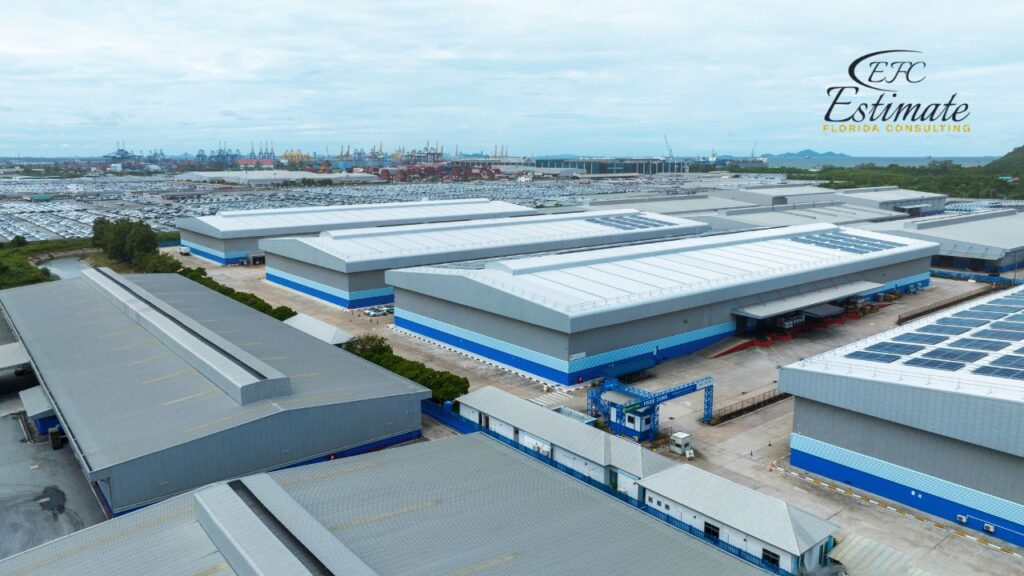
When estimating the cost of a BUR roofing project, it is essential to consider the roof’s size and complexity accurately. Experienced roofing professionals can assess the project’s specific requirements and provide a more precise estimate based on these factors.
The accessibility of the roof and its geographic location can influence BUR roofing costs. Difficult-to-access roofs, such as those with limited entry points or those requiring special equipment for access, may incur additional labor expenses. Roofing teams may need to invest more time and effort in reaching and working on such roofs, contributing to higher costs. Moreover, the location of the project plays a role in overall costs, as regions with higher costs of living typically have higher labor rates and material delivery costs. It is essential to account for accessibility and location-related factors when budgeting for a BUR roofing project to avoid unexpected cost overruns. Consulting with local roofing professionals who understand the specific challenges of your area can help you plan and budget more accurately.
Preparation and removal of existing roofing materials can add to the project cost, as can the installation of new insulation or ventilation systems. Extended warranties and maintenance agreements, while additional upfront costs, can provide long-term savings.
Considering the long-term return on investment (ROI) of Built-Up Roofing (BUR) for warehouse buildings involves evaluating how the initial costs compare to the extended benefits over the life of the roof. BUR systems are known for their durability, longevity, and potential for energy savings, making them an attractive option for long-term financial planning. Let’s delve into these aspects to better understand the long-term ROI of BUR roofing.
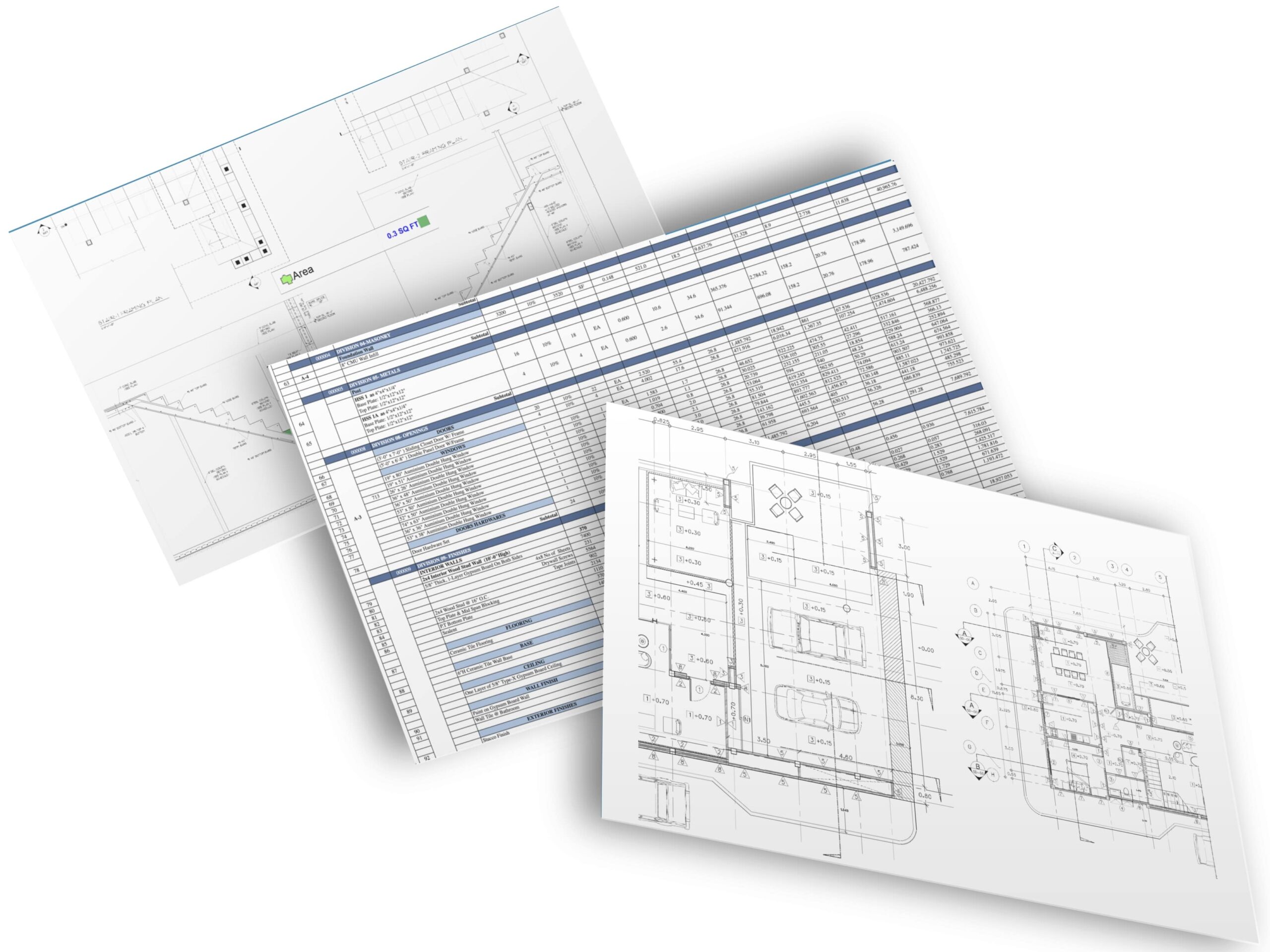
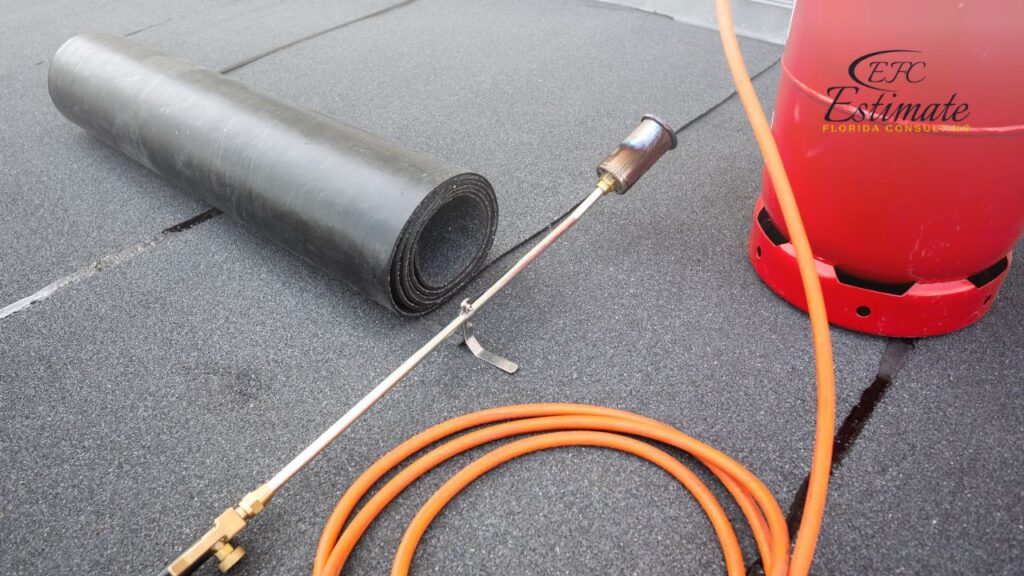
To accurately analyze the ROI of a BUR roofing system, consider the following steps:
To create a comprehensive budget estimate, combine material costs with labor estimates, add in any costs for roof preparation or removal, and consider the price of any additional components like insulation. It’s also wise to include a contingency fund of 10-20% to cover unexpected expenses.
When planning a Built-Up Roofing (BUR) project for your warehouse, thorough budgeting is essential. Consider the key factors that influence costs, such as roofing material choice, labor expenses, roof size and complexity, accessibility, and location. Additionally, don’t forget to account for material preparation, insulation, and warranties when estimating your budget.
BUR systems offer a durable and energy-efficient roofing solution that can provide significant long-term savings on maintenance and energy bills. Their sustainability benefits and reduced environmental impact also contribute to their appeal.
To create an accurate budget estimate, combine material and labor costs, factor in potential additional expenses, and include a contingency fund to cover unforeseen circumstances. By carefully considering these elements, you can ensure a successful BUR roofing project for your warehouse, with both short-term affordability and long-term benefits in mind.
BUR is a roofing system that consists of multiple layers of bitumen and reinforcing fabrics. It is favored for warehouses due to its durability, longevity, and ability to provide excellent protection against the elements.
Estimating costs for a BUR roofing project involves considering factors such as roof size, material choice, labor costs, and location. You can use our budget estimator as a starting point and adjust it based on your specific project requirements.
BUR systems consist of base sheets, interply sheets, asphalt or bitumen, surfacing materials, and flashing. These components work together to provide waterproofing, structural support, reinforcement, and protection against weather and moisture.
Material costs, labor costs, roof size and complexity, accessibility, and geographic location are major factors affecting BUR project costs. Additionally, choices related to insulation, roofing materials, and compliance with local building codes can impact the budget.
Yes, BUR roofs are known for their durability, longevity, and energy efficiency. They can lead to long-term cost savings on maintenance, energy bills, and potential roof replacements. BUR systems are also considered environmentally sustainable.
Calculating ROI involves assessing initial installation costs, estimated operational savings (including energy efficiency), potential maintenance and replacement costs, and considering environmental and regulatory benefits. This analysis helps you determine the cost-effectiveness of choosing a BUR roof.
Here I am going to share some steps to get your built-up roofing (BUR) budget for warehouses estimate report.
You can send us your plan on info@estimatorflorida.com
Before starting your project, we send you a quote for your service. That quote will have detailed information about your project. Here you will get information about the size, difficulty, complexity and bid date when determining pricing.
Our team will takeoff and estimate your project. When we deliver you’ll receive a PDF and an Excel file of your estimate. We can also offer construction lead generation services for the jobs you’d like to pursue further.

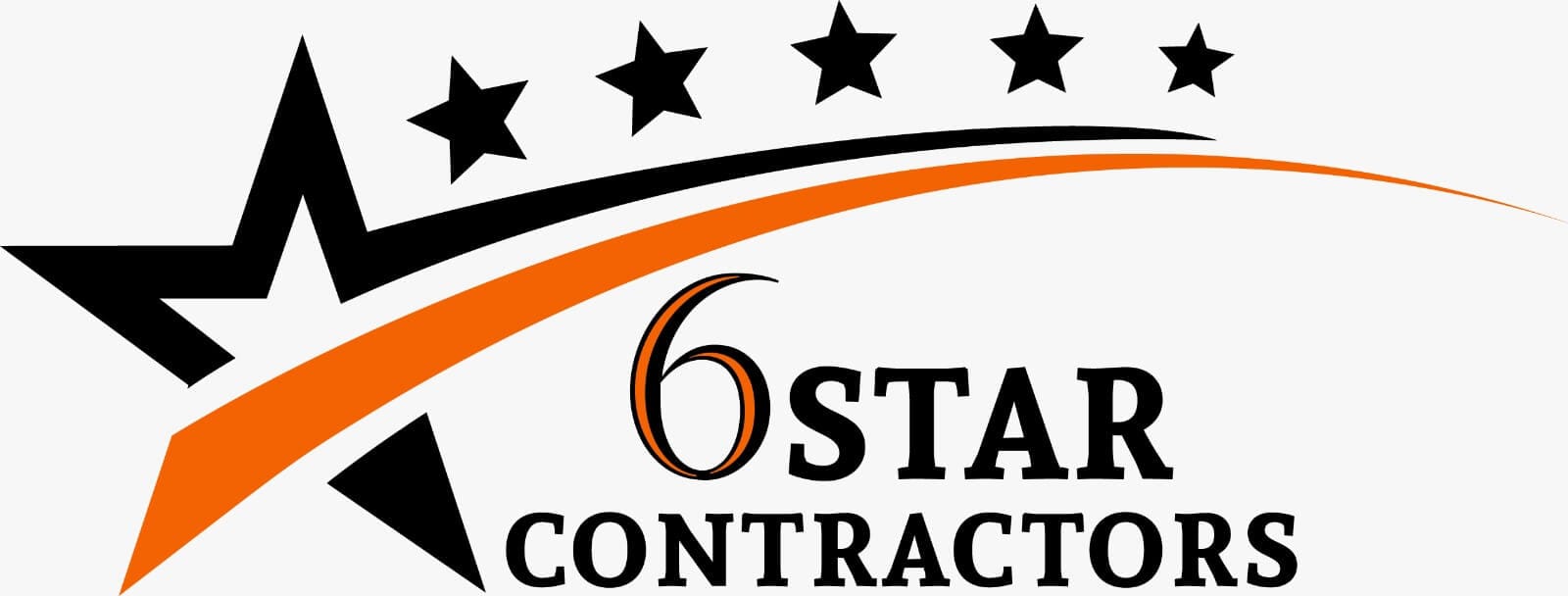

561-530-2845
info@estimatorflorida.com
Address
5245 Wiles Rd Apt 3-102 St. Pete Beach, FL 33073 United States
561-530-2845
info@estimatorflorida.com
Address
5245 Wiles Rd Apt 3-102 St. Pete Beach, FL 33073 United States
All copyright © Reserved | Designed By V Marketing Media | Disclaimer